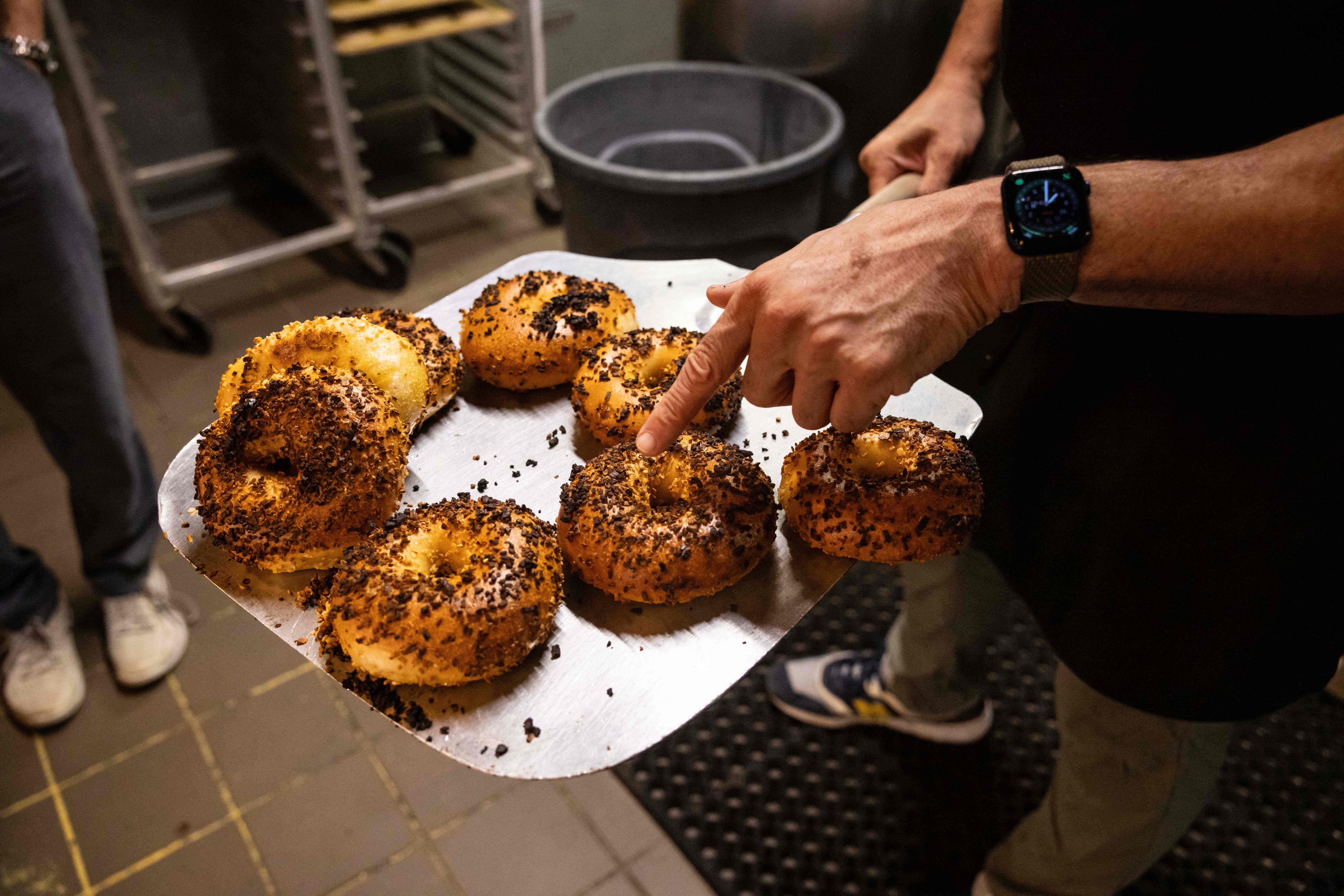Until this year, police assigned to the nation's largest public transportation system couldn't communicate with officers on the street while patrolling underground subways — when they needed backup they used to toss their nightsticks hoping the clatter would be heard above, or ask motormen to blast the horn.
"We originally coined the phrase 'Can you hear me now?'" said Brooklyn Borough President Eric Adams, a former transit officer. "We were so close to two cups and a string."
Officers in the transit system could only communicate with each other underground because police were on two different radio frequencies. But the mayor and police officials announced Wednesday that radios were re-programmed in January to the same signal in the Bronx, and more recently in Manhattan, with the rest of the city coming online this spring after a $100 million grant used mostly to upgrade existing technology.
"The days of saying 'We're going into the hole,' those days are over," Adams said at a news conference at transit headquarters in Brooklyn to announce the radio changes.
The news comes amid a major technology push by the NYPD. Thousands of officers now have smartphones with specialized apps that help track open warrants, wanted fugitives and even domestic violence complaints, and more statistical crime data is available to the public online.
There are as many as 6 million riders during a weekday in New York City, and about 6 1/2 subway crimes, police said. In the 1990s, when Police Commissioner William Bratton headed the transit police, there were 40 percent fewer riders and seven times more crime.
"You have almost a million in one chance of being a victim of any kind of crime on the New York City subways, and most are property crimes," Mayor Bill de Blasio said.
Local
The mayor, surrounded by a security detail, took the A train from lower Manhattan to Brooklyn in an attempt to show New Yorkers the system is safe.
Still, a spate of slashings and stabbings on the subway in the past few months has some New Yorkers jittery, and police were deploying more officers in the subway system and on buses to reassure the public. Transit crime was up slightly this year from last year.
"One crime is too many, especially if you're the victim or if you know the victim," said Chief of Department James O'Neill. He said the extra deployment was "to make people feel safe as well. Despite historic crime lows, we have to adapt to keep crime down."
Bratton said reports that a cop will be assigned on every train are untrue.
"Dave Dinkins proposed that in 1990 and I told him back then, no. To staff up a cop for every train is beyond our capacity and not necessary," he said.



